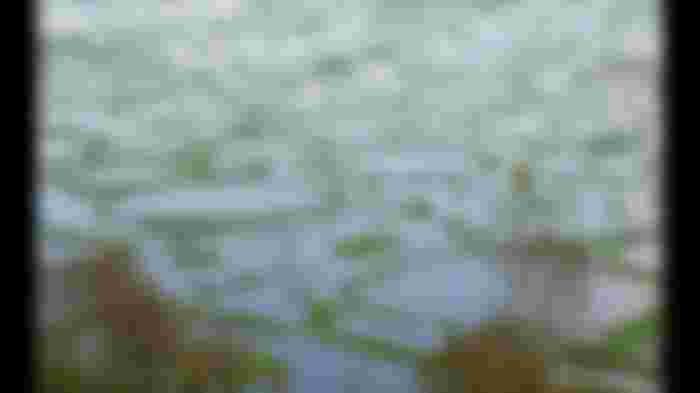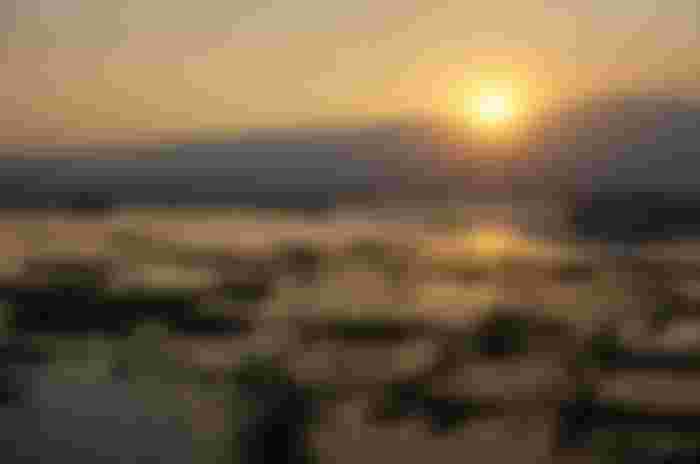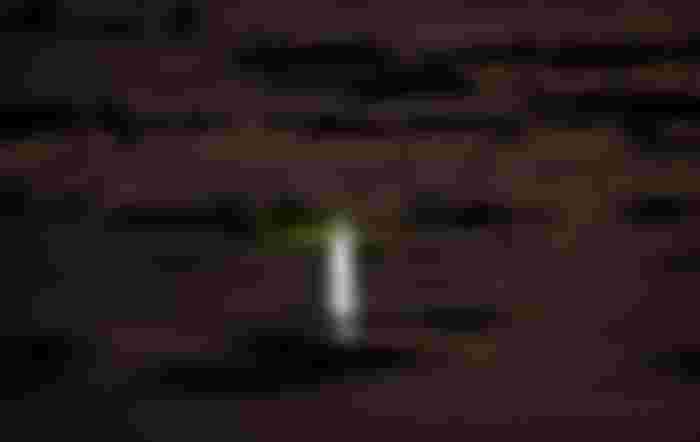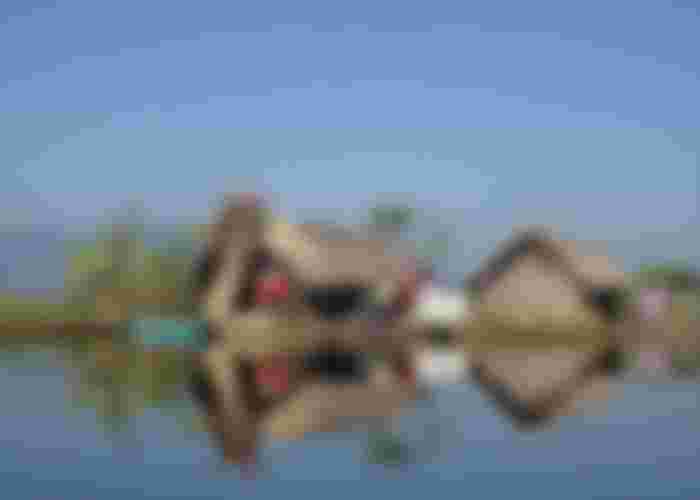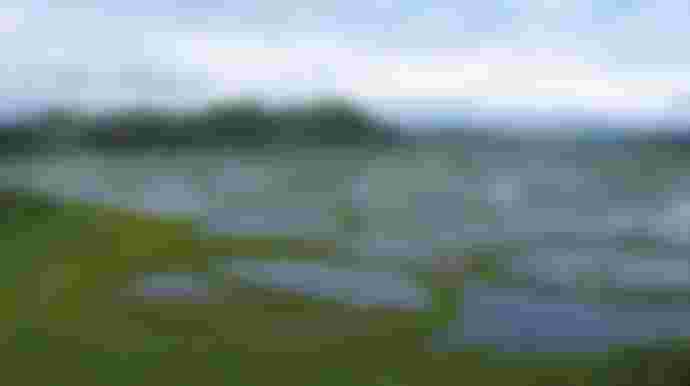Manipur is one of the 'Seven Sisters' in the north-east of India. Many other ethnic groups including Maiti, Bishnupriya, Pangan, Naga and Kuki live in this state. There are differences not only in ethnography but also in language. The state of Manipur is bounded by Myanmar to the east, Assam to the west, Nagaland to the north and Mizoram to the south. The city of Imphal is the capital of Manipur.

As the state of Manipur is very ancient, the impression of a somewhat primitive system can be noticed in the way of life here. However, although there is no abundance of modernity, there is immense beauty of nature here. This beauty seems to be constantly evoked in different river basins. To find its pattern we have to go to the ancient Maurang state on Tidim Road, about 45 km west of the capital city of Imphal. There you will see a lake or lake spread over an area of about 278 square kilometers. The water of different rivers of the state has been added to the water of this lake.
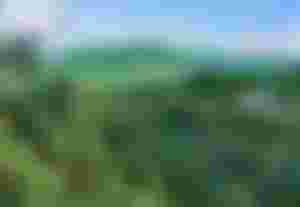
However, the main feature of this natural lake is the organic matter floating on it and various plants like grass. All these plants have come together to create small and large islands of different sizes. Some of these islands are inhabited by humans. These floating islands or different parts of the island are called fumdi. Some of these fumids are round, some are rectangular. People live in small huts in Fumdi. People have been living in these islands for a long time. A small tract of land has entered Loktak through Mairang, so that a village has been formed, named 'Thanga'.

There is a kind of harmony between the houses in the village. The size and shape of almost every house is the same. The paved yard is surrounded by tin rice. There is a Tulsi Mancha in the middle of that yard. And most homes have one or more looms in a tin house with a backyard. These looms continue to be run with the skillful touch of young women, and pieces of cloth of unparalleled beauty are made. One by one the weaving of the yarn and the melodious rhythm of the loom, an artistic belt is made.

The scene of Loktak is different at different times of the day. From morning to evening, the beauty of folklore changes in variety. The life of the people of Loktak started at dawn. Their life begins with sweeping the house and worshiping on the Tulsi Mancha. In the light of dawn the surroundings of Loktak are much quieter, quieter; Himel air awakens a different vibration in the body. How far the vision can extend depends on the anagona of the cloud. In the cloudless sky you will see rows of mountains standing still in the distance. Artistic clouds have spread a sheet over that mountain. The sky here is very blue. In the soft breeze of dawn, the chirping of birds seemed to breathe life into that blue.

However, during the rainy season, Loktak should be manifested in its own glory. May the rain-soaked people be given new life. However, life is much more miserable in the rainy season. Being a freshwater lake, people can see the presence of different species of fish. The livelihood of the people of Loktak largely depends on the abundance of fish. Loktak of the local residents never disappoints. So for many years people of different families have lived in the lineage.
In the evening, the scene of Loktak changes and one arranges oneself in a different way. Solar lanterns were lit in every house. In that light, the whole world seems to be a reflection of the sky, where the light of the stars flickers and shines. Men and women return to their homes after a busy day to talk. Dinghy boats are crowded in front of different houses. The distant mountains seemed to gradually fade into darkness. It is a different experience to enjoy the silence of Loktak by boat at night. One tiny dot can feel itself under the open sky.

This is a different way of life, where there is no such thing as permanent residence. A house can be destroyed in a gust of wind, cyclone or Kalavaishakhi. Loktak's public life is also accustomed to such a system. Their houses should be built in the same way. However, the interesting thing about Loktak is that even though the boundaries of the lake are fixed, the location of the huts on the fumidis in Loktak is not permanent at all. Floating houses constantly change direction in different places.
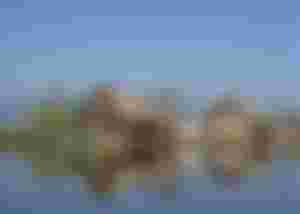
Boats are the only means of transportation in Loktak. Almost every house has a dinghy. Public life here without boats is almost unimaginable.
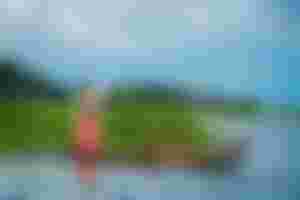
Kaibul Lamjo National Park is located very close to Loktak. It is the only floating wetland in the world, where the national animal of Manipur is the Sangai deer or Brow-antlered deer. This type of deer roams on long green and yellow long grass up to two to four feet. There are tourist bungalows and a Watch Tower. This watch tower overlooks the bright green floating grasslands on the horizon.
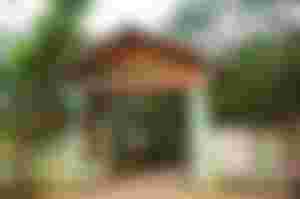
A fair of exotic birds sitting on the people during the winter. People from different parts of the world flock to the various species of guest birds. The chirping of birds and the sight of flocks of birds flying over the lake evoke a beautiful feeling. The killing of these birds is strictly forbidden and the locals are also very conscious to maintain this natural balance.
Loktak is surrounded by more than 50 villages and 30 markets. This means that the number of people dependent on this democracy is not small. This Loktak has also made an outstanding contribution to the economy of the state of Manipur. The number of tourists is also constantly increasing.
However, Loktak has lost some ground due to the hydropower project built by Loktak. Due to this, the balance of biodiversity and environment has been disturbed a lot. Although the hydropower project has given hope to economic development, it has threatened this beautiful people.
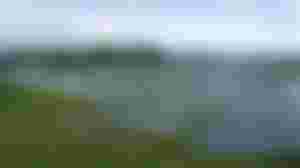
People can be reached by air, train or road. There are different types of resorts or home stays to stay. Accommodation or meals are arranged at low cost. Boating is the main attraction of Loktak. Winter is considered to be the best time to visit here. Seeing the difficult life of the tribal people in a beautiful environment as well as in a hostile environment is one of the appeals of this Loktak tour.
Describing the extraordinary imagery of Loktak, one is reminded of the haors or beels of Sunamganj or Netrokona in our country. The immense beauty of nature is also spread in these places. But due to our negligence and lack of tourism-friendly environment, we are not able to highlight these places in the world. If proper steps are taken, maybe we will hear or see the story of our wonderful haor in the statement of another fascinated foreigner, or on the site of such a foreign writing!
Thanks for reading this article for so long.
If you like it Upvote Can give.


